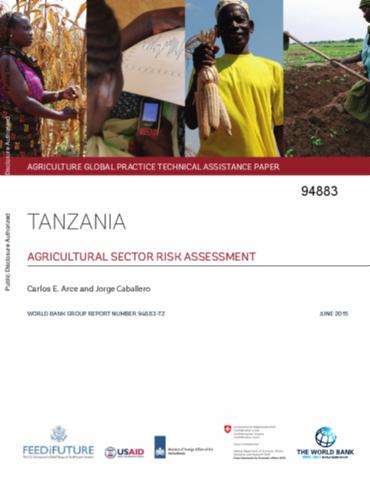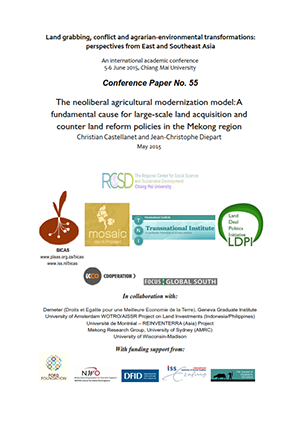How Much of the Labor in African Agriculture Is Provided by Women?
The contribution of women to labor in
African agriculture is regularly quoted in the range of 60
to 80 percent. Using individual-disaggregated, plot-level
labor input data from nationally representative household
surveys across six Sub-Saharan African countries, this study
estimates the average female labor share in crop production
at 40 percent. It is slightly above 50 percent in Malawi,
Tanzania, and Uganda, and substantially lower in Nigeria (37







